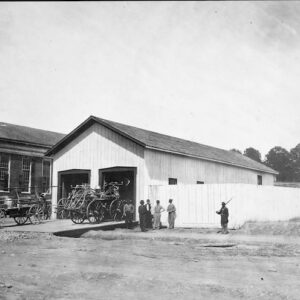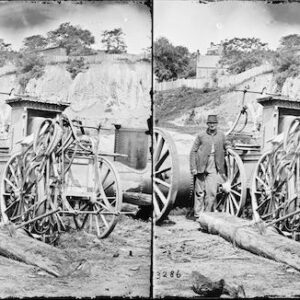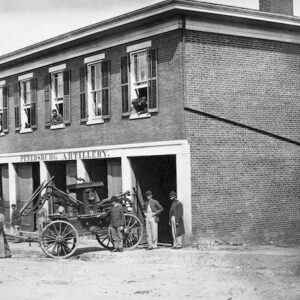Tag: fire engine
 Wikipedia says: An early device used to squirt water onto a fire was known as a squirt or fire syringe. Hand squirts and hand pumps are noted before Ctesibius of Alexandria invented the first fire pump around the 2nd century B.C., and an example of a force-pump possibly used for a fire-engine is mentioned by Heron of Alexandria.
Wikipedia says: An early device used to squirt water onto a fire was known as a squirt or fire syringe. Hand squirts and hand pumps are noted before Ctesibius of Alexandria invented the first fire pump around the 2nd century B.C., and an example of a force-pump possibly used for a fire-engine is mentioned by Heron of Alexandria.
In 1650, Hans Hautsch built a fire engine with a compressed air vessel. On each side 14 men worked a piston rod back and forth in a horizontal direction. The air vessel, a type of pressure tank, issued an even stream despite the backward motion of the piston. This was made possible by a rotating pipe mounted on the hose which allowed the jet to reach heights up to 20 m (65.6 ft). Caspar Schott observed Hautsch’s fire engine in 1655 and wrote an account of it in his Magia Universalis.
Colonial laws in America required each house to have a bucket of water on the front stoop in preparation for fires at night. These buckets were intended for use by the initial bucket brigade that would supply the water at fires. Philadelphia obtained a hand-pumped fire engine in 1719, years after Boston’s 1654 model appeared there, made by Joseph Jenckes Sr., but before New York’s two engines arrived from London.
By 1730, Richard Newsham, in London, had made successful fire engines. He also invented those first used in New York City in 1731 where the amount of manpower and skill necessary for firefighting prompted Benjamin Franklin to found an organized fire company in 1737. Thomas Lote built the first fire engine made in America in 1743. These earliest engines are called hand tubs because they are manually (hand) powered and the water was supplied by a bucket brigade dumping it into a tub (cistern) where the pump had a permanent intake pipe.
An important advancement around 1822 was the invention of an engine which could draft water from a water source. This rendered the bucket brigade obsolete. In 1822, a Philadelphia-based manufacturing company called Sellers and Pennock made a model called “The Hydraulion”. It is said to be the first suction engine. Some models had the hard, suction hose fixed to the intake and curled up over the apparatus known as a squirrel tail engine.
The earliest engines were small and were either carried by four men, or mounted on skids and dragged to a fire. As the engines grew larger they became horse-drawn and later self-propelled by steam engines. John Ericsson is credited with building the first American steam-powered fire engine. John Braithwaite built the first steam fire-engine in Britain.
Until the mid-19th century, most fire engines were maneuvered by men, but the introduction of horse-drawn fire engines considerably improved the response time to incidents. The first self-propelled steam pumper fire engine was built in New York in 1841. Unfortunately for the manufacturers, some firefighters sabotaged the device and its use of the first engine was discontinued. However, the need and the utility of power equipment ensured the success of the steam pumper well into the twentieth century. Many cities and towns around the world bought the steam fire engines.
Showing all 6 resultsSorted by latest





